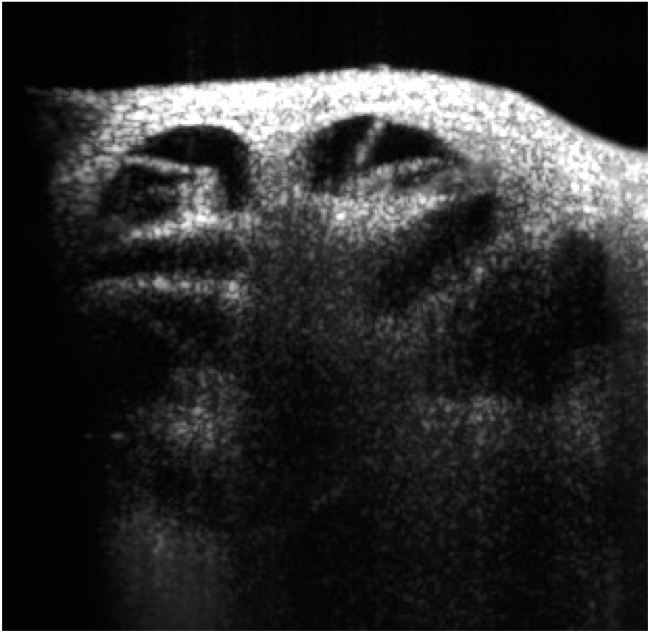
Our research focuses on understanding the peripheral mechanical processes that underlie normal hearing and how these processes are affected in hearing impaired ears. We hope to use this knowledge to develop improved methods for detecting and diagnosing common forms of hearing loss.
We primarily study (1) how sound causes the structures within the cochlear spiral to vibrate, (2) how these vibrations are amplified by the sensory outer hair cells, and (3) how this amplification process leads to the emission of sound by the ear, termed otoacoustic emissions.
We conduct research in mice in order to take advantage of the many mutant and transgenic mouse lines in which cochlear and hair cell function are altered. This allows us to determine which features are critical to the amplification process and the generation of otoacoustic emissions. In order to examine intracochlear vibrations, we use optical coherence tomography, which allows us to not only image the structures within the cochlea, but to measure how each structure moves in response to sound.